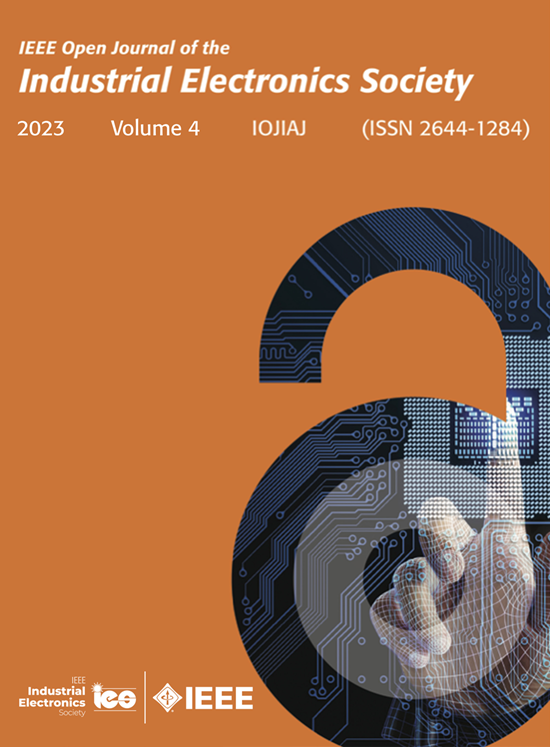使用Kubernetes改进物联网应用中的远端设备管理
IF 4.3
Q1 ENGINEERING, ELECTRICAL & ELECTRONIC
IEEE Open Journal of the Industrial Electronics Society
Pub Date : 2025-06-19
DOI:10.1109/OJIES.2025.3581076
引用次数: 0
摘要
物联网(IoT)驱动的数字化正在将数据处理转移到边缘,减少持续云通信的负担。资源受限的基于微控制器的物联网设备与环境交互,例如在网络物理生产系统中,使它们能够协助计算卸载,将边缘计算扩展到包括此类设备的所谓远边缘。然而,更新这些设备通常需要人工干预、完整固件更新或专有工具,从而导致潜在的应用程序停机。为了充分利用远端增强的计算能力,将远端设备与云编排工具集成,简化服务管理和沿着云到远端连续体的部署是至关重要的。目前的方法忽略了这些设备的计算能力及其托管服务的潜力,只支持从云到边缘的物联网连续编排。本文介绍了远边缘物联网设备管理(FITA),这是第一个将远边缘设备集成到基于kubernetes的基础设施中的平台。FITA提供了一种与开放容器计划兼容的边缘容器解决方案。它扩展了Kubernetes,以无缝地支持异构远端设备上的服务部署,并提供了一种方法来创建远端设备的虚拟表示,从而将其独特的功能暴露给Kubernetes调度程序。我们的评估显示,在拥有500个服务和100台设备的集群上,平均部署时间约为600毫秒,设备注册时间约为1080毫秒,CPU和内存消耗分别约为23毫秒和1500 MB。总体而言,FITA提高了服务连续性、部署速度和应用弹性,支持物联网的未来,特别是在工业领域。本文章由计算机程序翻译,如有差异,请以英文原文为准。
Improving Far-Edge Device Management in IoT Applications Using Kubernetes
Internet of Things (IoT) driven digitalization is shifting data processing to the edge, reducing the burden of constant cloud communication. Advances in resource-constrained microcontroller-based IoT devices that interact with the environment, such as in cyber-physical production systems, enable them to assist in computation offloading, extending edge computing into the so-called far-edge that includes such devices. However, updating these devices often requires manual interventions, full firmware updates, or proprietary tools, leading to potential application downtime. To fully leverage far-edge enhanced computing capabilities, it is crucial to integrate far-edge devices with cloud orchestration tools, streamlining service management and deployment along the cloud to the far-edge continuum. Current approaches overlook these devices’ computing power and their potential to host services, supporting IoT continuum orchestration only from the cloud to the edge. This article introduces far-edge IoT device management (FITA), the first platform that integrates far-edge devices into Kubernetes-based infrastructures. FITA provides a far-edge container-like solution compliant with the open container initiative. It extends Kubernetes to support service deployment on heterogeneous far-edge devices seamlessly and provides a method for creating virtual representations of far-edge devices to expose their unique capabilities to the Kubernetes scheduler. Our evaluation shows a mean deployment time on clusters with 500 services and 100 devices of around 600 ms, and a device registration time of around 1080 ms, with CPU and memory consumption of around 23 milicores and 1500 MB, respectively. Overall, FITA improves service continuity, deployment speed, and application resilience, supporting the future of the IoT, particularly in industry.
求助全文
通过发布文献求助,成功后即可免费获取论文全文。
去求助
来源期刊

IEEE Open Journal of the Industrial Electronics Society
ENGINEERING, ELECTRICAL & ELECTRONIC-
CiteScore
10.80
自引率
2.40%
发文量
33
审稿时长
12 weeks
期刊介绍:
The IEEE Open Journal of the Industrial Electronics Society is dedicated to advancing information-intensive, knowledge-based automation, and digitalization, aiming to enhance various industrial and infrastructural ecosystems including energy, mobility, health, and home/building infrastructure. Encompassing a range of techniques leveraging data and information acquisition, analysis, manipulation, and distribution, the journal strives to achieve greater flexibility, efficiency, effectiveness, reliability, and security within digitalized and networked environments.
Our scope provides a platform for discourse and dissemination of the latest developments in numerous research and innovation areas. These include electrical components and systems, smart grids, industrial cyber-physical systems, motion control, robotics and mechatronics, sensors and actuators, factory and building communication and automation, industrial digitalization, flexible and reconfigurable manufacturing, assistant systems, industrial applications of artificial intelligence and data science, as well as the implementation of machine learning, artificial neural networks, and fuzzy logic. Additionally, we explore human factors in digitalized and networked ecosystems. Join us in exploring and shaping the future of industrial electronics and digitalization.
 求助内容:
求助内容: 应助结果提醒方式:
应助结果提醒方式:


